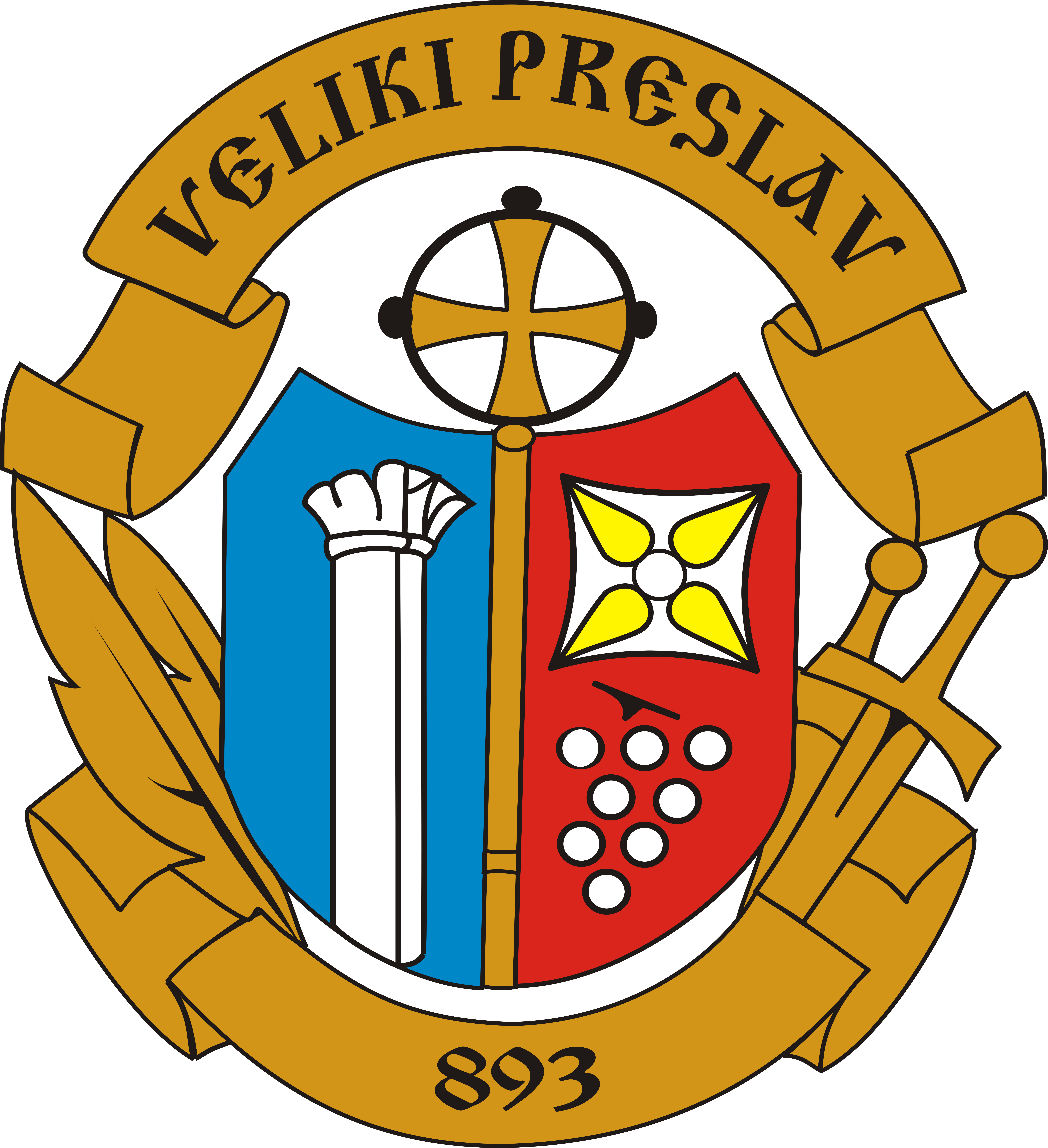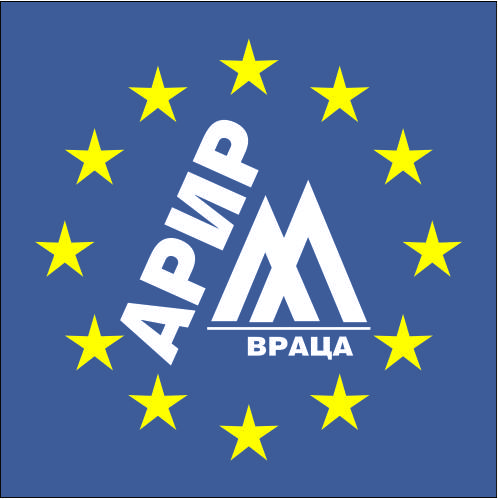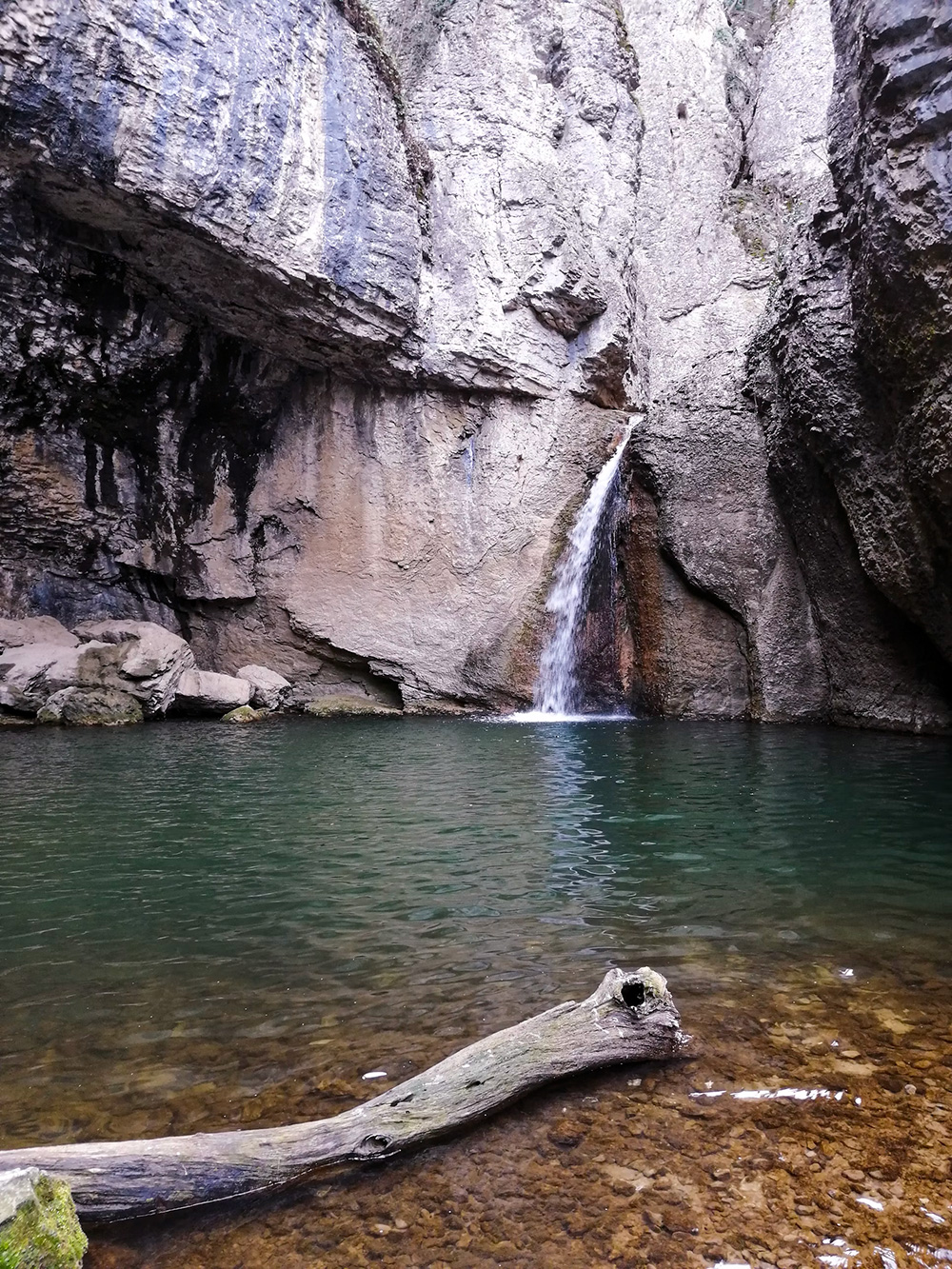General information
ABOUT THE PROGRAMME:
The LIFE Programme is a financial instrument of the European Union supporting projects for environment protection, nature and climate on the territory of the EU. The programme was created to contribute to the implementation, updating and development of the EU policy and legislation in the field of environment and climate through co-financing of projects with European added value.
Legal basis: REGULATION (EU) № 1293/2013 OF THE EUROPEAN PARLIAMENT AND OF THE COUNCIL of 11 December 2013 on the establishment of a programme for the Environment and climate action (LIFE) and repealing Regulation (EC) № 614/2007
http://eur-lex.europa.eu/legal-content/BG/TXT/HTML/?uri=CELEX:32013R1293&from=EN
Programme management:
The LIFE Programme is managed by the European Commission (EC) through its General Directorates (DG) Environment and Climate action. The direct programme management is delegated to the Executive Agency for SMEs (EASME), acting under the supervision of the specified DGs of the EC. External expert teams for project selection, monitoring and communication assist the EC and EASME in their activities. The management of the two LIFE Programme financial instruments (NCFF and PF4EE) is delegated to the European Investment Bank (EIB).
Programme structure:
The Programme is structured in two sub-programmes, each covering three priority areas:
1) Sub-programme Environment:
- a) Environment and resource effectiveness;
- b) Nature and biodiversity;
- c) Environment-related management and information.
2) Sub-programme Climate Action:
- a) Mitigation of climate change;
- b) Adaptation to climate change;
- c) Climate-related management and information.
Programme budget:
According to Article 4 of Regulation № 1293/2013, the total financial package fоr the implementation of the LIFE Programme for the period 2014-2020 amounts to EUR 3 456 655 000, distributed between the two sub-programmes as follows:
- EUR 2 592 491 250 to Sub-programme Environment (75% of the total financial package)
- EUR 864 163 750 to Sub-programme Climate Action (25 % of the total financial package).
Multiannual Work Programmes:
The multiannual work programmes (MWP) of the LIFE Programme are adopted by the EC in a specially regulated procedure. Each MWP should specify:
|
|
|
http://eur-lex.europa.eu/legal-content/BG/TXT/HTML/?uri=CELEX:32014D0203&from=EN
|
Types of funding
- Action grants – covers the following project categories:
- “Traditional" projects:
а) “Pilot projects“ – projects implementing a technical tool or method that has not been implemented before or elsewhere, providing potential benefits to the environment and climate benchmarked against the current best practices that can later be implemented on a larger scale in similar situations;
- b) “Demonstration projects“ – practically implementing, testing, assessing and disseminating actions, methods or approaches that are new or unknown in the specific project context, such as geographical, environmental or socio-economic context and that can be implemented elsewhere under similar circumstances;
- c) “Best practice projects“ – implement appropriate cost-efficient and modern techniques, methods and approaches accounting of the specific project context;
- d) “Information, awareness and dissemination projects“ are targeting support of communication, dissemination of information and awareness-raising in the sub-programmes environment and climate action fields
- “Integrated projects“ – implement on a large territorial scale (regional, multiregional, national or transnational) strategies and plans in the fields of environment and climate action, required by the specific EU legislation in the relevant field, developed in accordance with other Union acts or by the member states bodies, mostly in the field of nature, including inter alia, the management of the Natura 2000 network, waters, waste, air and mitigation of the climate change and the respective adaptation, while at the same time ensuring the involvement of the stakeholders and encouraging the mobilization of and coordination with at least one more Union, national or private source of funding;
- “Technical assistance projects” – provide financial support to the applicants in the preparation of the integrated projects in the form of grants,
- “Capacity building projects” are projects providing grants for capacity-building activities in the member states (MS), including the LIFE national and regional contact points, so that the MS can participate in the LIFE programme more effectively. They are based on a Capacity-building Plan approved by the EC. Up to two such projects are eligible in each multiannual work programme.
- “Preparatory projects” are projects mainly developed by the Commission in cooperation with the member states and targeting specific needs for development and implementation of the Union policy and legislation in the field of environment and climate;
- Grants for operational and administrative costs of NGOs:
Certain operational and administrative costs of non-government organisations pursuing goals of common EU interest, active predominantly in the field of the environment or climate actions and participating in the development, implementation and application of the Union policy and legislation are supported through grants. The maximum amount of EU co-financing through operational grants is 70 % of the eligible costs.
- According to Regulation № 1293/2013 part of the LIFE programme shall be distributed through two financial instruments, managed by the EIB jointly with the EC and providing grants:
- Natural Capital Financing Facility (NCFF)
Through this financing facility EIB provides loans and investments in project supporting funds to the member states promoting the preservation of the natural capital, including the adaptation to the climate change. NCFF lends:
а) Conservative financing:
- investments in long-term preservation of the ecosystems;
- cash flows generated by sustainable products and services.
- b) Recovery financing:
- investments in recovery of the historical value of the ecosystems;
- return at the expense of the increased asset value beyond the end of the project.
- c) Offset (compensatory) payments;
- d) Conservation, recovery and creation of new ecosystem assets to be used for compensatory payments.
For more information:
http://ec.europa.eu/environment/life/funding/financial_instruments/ncff.htm
- Private facility for energy efficiency (PF4EE) aims to increase the private financing of investments in increased energy efficiency projects. PF4EE provides EIB loans to financial intermediaries and protection against losses related to energy efficiency project loans. The instrument assists the intermediary banks in the MS in the development and provision of specific programmes for energy efficiency project loans, aligned with the respective national action plans. PF4EE finances:
а) sustainable mechanisms of energy efficiency loan funding considered a market segment;
- b) provision of debt financing for eligible investments in energy efficiency.
The financing facilities may combine both among them and with Union-funded grants.
Co-financing ratio
- For the entire programme period:
- up to 60 % of the eligible costs for integrated projects, technical assistance projects and assistance to project preparation;
- up to 60 % of the eligible costs for traditional projects, financed under Priority field Nature and Biodiversity in the environment sub-programme;
- up to 75 % of the eligible costs, financed under Priority Field Nature and Biodiversity in the environment sub-programme, related to priority habitats or species in implementation of Directive 92/43/ЕИО or bird species considered a priority for financing by the Committee for Adaptation to Scientific and Technical Progress, established by force of Article 16 of Directive 2009/147/ЕО, where necessary to achieve the preservation objective;
- 100 % of the eligible costs of capacity-building projects.
|
The maximum co-financing amount envisaged for all other projects (traditional Climate Action sub-programme projects and traditional projects in the priority fields Environment and Resource Effectiveness and Environment-Related Management and Information of Environment sub-programme) shall be as follows:
|
Eligible beneficiaries:
- Public authorities
– national public organisations regardless of their form – central, regional, local, secondary disposers;
- Private organisations:
а) Commercial (*with the exception of Sole Owners)
- b) Non-commercial (including NGO)
Applying to the programme:
In the framework of the multiannual work programmes the EC publishes annual calls for proposals on the internet site of the LIFE Programme. Special manuals are developed for each call for proposals to guide the applicants in the process of preparation and application with project proposals. When preparing their proposals, the applicants can also consult with the respective LIFE Programme contact points on the national and regional level. The applicants should submit their proposals through a “eProposal” web-based tool containing all the necessary administrative, technical and financial forms and having attachment/upload functionality for the required documents. (https://webgate.ec.europa.eu/eproposalWeb/)
life bulgaria
Our latest partner

Община Велики Преслав
Associated beneficiary
Ню Ай АД
Expert

Брандфарм консултантс
Coordinating beneficiary, Subcontractor, Expert

Agency for regional and economic development - Vratsa
Associated beneficiary





